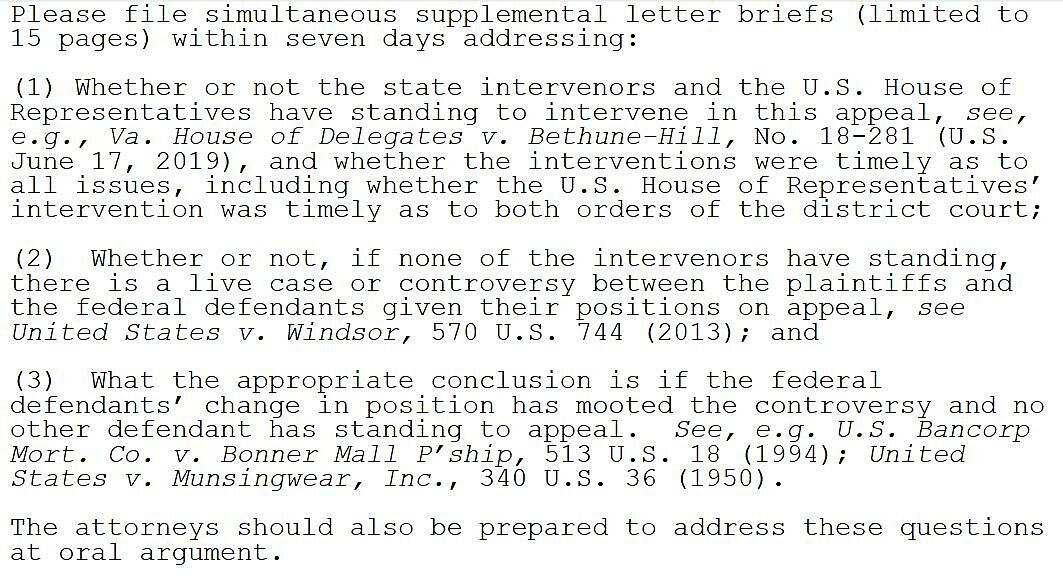By any honest measure, America’s war on drugs has been an abject failure. Illicit drugs remain plentiful, inexpensive, and easily accessible to those inclined toward their use for both self-medicating and recreational purposes. Even worse, the collateral damage caused by these policies has left a path of destruction that will be felt for years to come.
Arguably the most indefensible of these ineffective and harmful policies is the federal prohibition on marijuana, which prosecutors continue to enforce despite the growing national consensus in favor of legalization. Following many years of reform efforts at the state level, forty-six states now allow the use of marijuana or its derivatives to some degree, including ten states that have fully legalized it for medical and adult-use purposes.
It is against this backdrop that several members of Congress have undertaken efforts to end marijuana prohibition. Five years ago, these efforts delivered the first legislative success of the marijuana policy reform movement—by then more than four decades old—with the passage, and then enactment into law, of a provision that prohibits the Department of Justice from using appropriated funds to prosecute those who are acting in accordance with their state’s medical marijuana laws. With that development, known colloquially as “Rohrabacher-Farr,” a two-pronged legislative strategy emerged: reform advocates in Congress would temporarily and increasingly limit the federal government’s ability to enforce marijuana prohibition by imposing spending restrictions (which would be attached to the annual “must-pass” appropriations bills) on particular law enforcement activities, while simultaneously working through the traditional (yet much slower) committee process to amend the U.S. Code to eliminate federal marijuana prohibition.
Other encouraging signs emerged shortly thereafter, including the House of Representatives’ near passage in 2015 of an amendment that would have extended protections to states that have legalized marijuana for adult use, and the subsequent passage through both the full House and the Senate Appropriations Committee (but not the enactment into law) of an amendment that aimed to allow physicians at the Veterans Administration to recommend medical marijuana as a treatment to ailing veterans.
But as the first prong of that strategy was seeing its initial policy successes and the second was getting started with the introduction of several legislative proposals, the then-chairman of the House Rules Committee tightened his grip on the floor amendment process and prevented a host of marijuana policy reform amendments from being considered on the House floor. Since then, congressional efforts to bring an end to federal marijuana prohibition have remained in a holding pattern. The Rohrabacher-Farr provision has been renewed and extended multiple times since 2014, and two proposals have been shepherded through the House Veterans Affairs and Financial Services Committees, but no new reforms have been signed into law.
However, that may soon change given this month’s inclusion of three significant marijuana-policy reform provisions that are now part of two separate House-passed appropriations packages. These provisions are:
- Blumenauer (D‑OR)-Norton (D‑DC)-McClintock (R‑CA) Amendment: Prohibits the Department of Justice from using appropriated funds to interfere with state cannabis programs, effectively extending the protections of Rohrabacher-Farr beyond medicinal to cover adult-use states. The amendment was adopted by a recorded vote of 267 – 165.
- Blumenauer (D‑OR)-Haaland (D‑NM) Amendment: Prohibits the Department of Justice from using appropriated funds to interfere with tribal marijuana programs. This amendment was adopted by voice vote.
- Marijuana Banking Provision: Prohibits appropriated funds from being used to penalize a financial institution that provides financial services to a state-legal marijuana business. This provision was included in the base text of the FY ’20 Financial Services appropriations bill and was therefore not subject to a standalone vote.
In addition to the House’s adoption of these funding restrictions, it appears increasingly likely that the chamber will take up consideration of the Safe Banking Act of 2019, which aims to allow state-legal marijuana businesses—which oftentimes operate on an all-cash basis—the ability to access traditional banking services. If the full House does pass this bill, it will mark the most substantial development of the second prong of the marijuana policy reform strategy to date.
As encouraging as these developments are, however, the Constitution dictates that legislation does not become law until identical language passes through both the House and the Senate and earns the approval of the president. As such, much work remains to ensure that any marijuana policy reforms make it past the finish line.
But for now, advocates for reform are celebrating the fact that the two-pronged strategy appears to be alive again with the prospect of seeing new and meaningful policy change for the first time in five years. If they are successful, we will be one step closer to the criminal justice system the American people demand and deserve.

